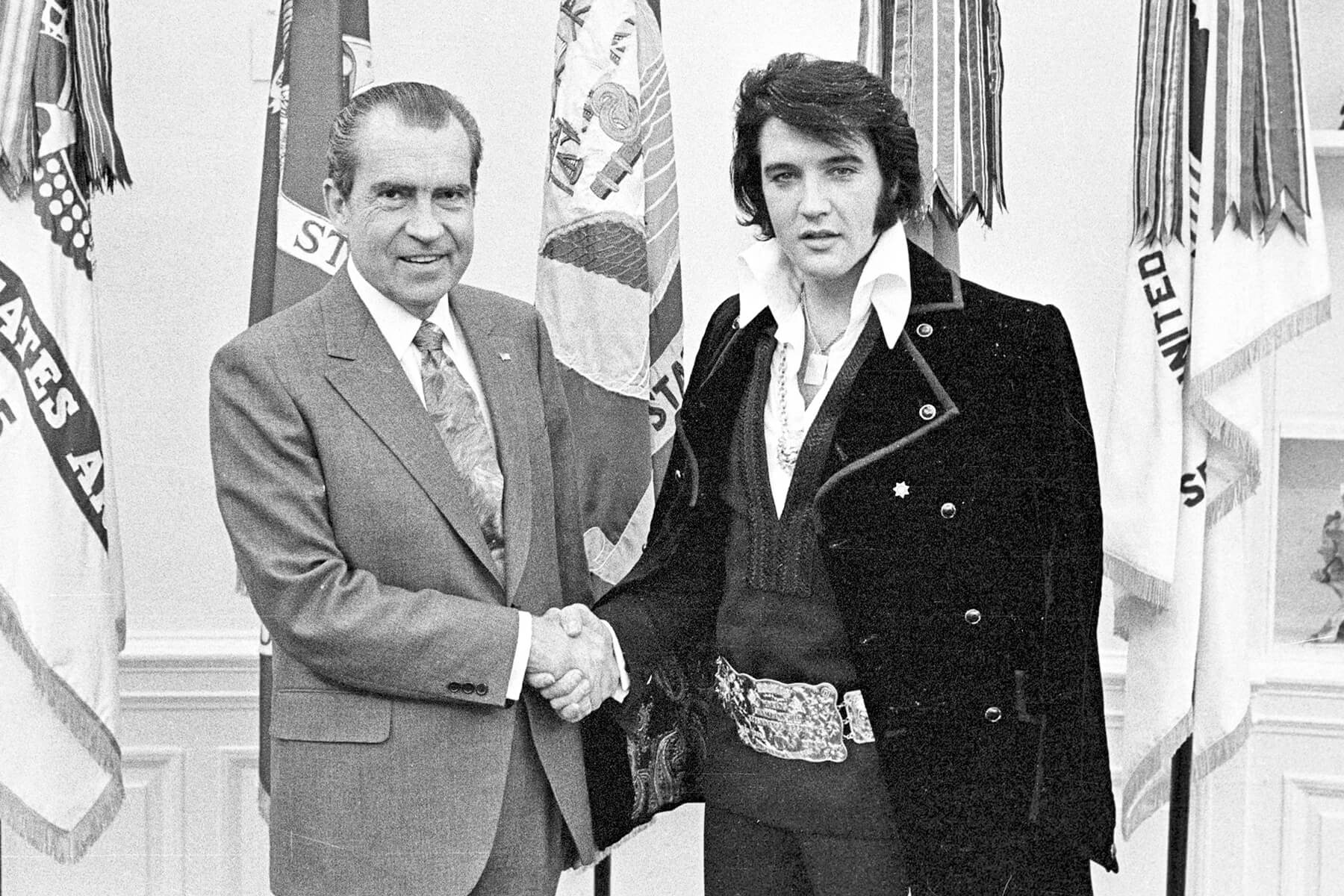We independently evaluate all recommended products and services. If you click on links we provide, we may receive compensation.
If you’re an avid social media scroller, chances are good you’ve seen the so-called “sleepy girl mocktail” pop up on your page. According to Gracie Norton, the TikToker who catapulted the drink to viral stardom, this three-ingredient mocktail is the secret to getting a restful night’s sleep. To find out whether the booze-free beverage can actually help you secure better shut-eye, we asked Happy Strong Healthy founder and registered dietitian Jenna Werner. Keep reading for her insight, plus a few tips on crafting your perfect bedtime routine.

What Is the Sleepy Girl Mocktail?
There are a handful of recipes for the viral drink online. Some are meant to be sipped hot, others enjoyed cold, but all feature two key ingredients: around a half a cup of pure tart cherry juice and a tablespoon of magnesium powder. You can cut the tartness of the cherry juice by adding sparkling water or a prebiotic soda like Poppi to the mix, or you can enjoy the concoction straight-up.

Basic Sleepy Girl Mocktail Recipe
- ½ cup tart cherry juice (like Lakewood Organic Pure Tart Cherry Juice)
- 1 tablespoon magnesium glycinate powder (like Thorne Magnesium Biglycinate)
- ¼ cup sparkling water, to taste
- Combine the ingredients in your favorite glass, mix gently, and serve.

Can the Sleepy Girl Mocktail Help Promote Better Sleep?
Between busy jobs, personal commitments, and self-care, it often feels like there simply isn’t enough time to get everything done and get enough sleep. Even if you do manage to crawl into bed before midnight, there’s the actual process of falling asleep — which, for many, is easier said than done. In fact, roughly one-third of adults get less than the recommended seven to nine hours of sleep. So it’s not surprising that the idea of a sleep-enhancing beverage has so many intrigued. And while many Internet trends lack merit (and in some cases may do more harm than good), Werner says the sleepy girl mocktail might actually be the real deal.
“Tart cherries are a natural source of melatonin and tryptophan,” she says. Both can help “enhance sleepiness and promote restful sleep.” Magnesium can have similar benefits, she notes, but it’s important to use the right kind: Certain types can cause digestive disturbances (read: a seriously upset stomach). “Magnesium glycinate is the form of magnesium that you’d want to [use] for sleep benefits and relaxation,” she advises.
That said, “you should always speak with a health care professional before introducing any new supplements into your routine,” Werner says. This is because certain supplements can interfere with medications, such as antibiotics. So while the sleepy girl mocktail may seem like a harmless fix for restless sleep, it’s still a good idea to check in with your doctor before mixing up your evening brew.

What Else Can I Do To Get Better Sleep?
It’s important to keep in mind that while the sleepy girl mocktail might help promote better sleep, it’s not a cure-all for insomnia. If you frequently have a hard time falling or staying asleep, you may want to take a closer look at your bedtime routine. Here are some sleep hygiene tips to keep in mind.
Limit your caffeine intake. If you’re struggling to fall asleep at night, that late-afternoon coffee might be to blame. According to the Sleep Foundation, it takes (on average) between four and six hours for half of the caffeine from your pick-me-up of choice to clear from your body. Try to avoid drinking coffee or other caffeinated drinks after 2 p.m. to ensure it’s out of your system before bedtime.
Cut down on screen time. It can be tempting to scroll social media in bed until sleepiness sets in, but this habit can disrupt your sleep. One study published in the Journal of Family Medicine and Primary Care found that the blue light emitted by electronic devices (like your phone or tablet) can interfere with your circadian rhythm, leading to disrupted sleep. If you need to turn off your brain for a bit before bed, try a book, journal about your day, or even meditate.
Turn down the thermostat. When setting your thermostat, take the Goldilocks approach: Your room shouldn’t be too warm or too cool, but somewhere right in the middle (generally, between 60 degrees and 67 degrees Fahrenheit is ideal, per the Cleveland Clinic). Temperatures that veer too far in either direction could potentially interfere with your sleep.
Adhere to a consistent bedtime. Turns out, you can’t make up for a late night by sleeping in on the weekend. When it comes to sleep, consistency is key. Werner recommends “implementing a nighttime routine” to help wind down at night and giving yourself a regular bedtime. Your mind (and body) will thank you.
If you follow the above tips and still have trouble falling or staying asleep, consider consulting a professional. They should be able to help identify the cause of your sleep troubles and work with you to develop a plan to get the rest you need.
This article is for general informational purposes only.
Affiliate Disclaimer Medical Disclaimer











 Unique Beauty is free for all users.
Unique Beauty is free for all users.